Modes of transport are the various means by which people and goods are moved from one place to another. These include land, water, air, and rail transport. Each mode has its unique characteristics, advantages, and limitations, catering to different needs and environments. Land transport, such as cars and buses, is ideal for short distances, while air transport is preferred for long-distance travel due to its speed. Water transport is crucial for international trade, while rail transport is efficient for bulk goods. The choice of transport mode depends on factors like distance, cost, speed, and convenience.
Modes of Transport
Modes of transport refer to the various means by which people and goods move from one place to another. These modes are generally categorized into three main types: land, water, and air transport. Each mode has its unique characteristics, advantages, and disadvantages. Here’s a brief overview:
Land Transport
- Road Transport: Involves the use of cars, buses, trucks, motorcycles, bicycles, and other vehicles for moving on road networks. It’s the most common mode for short to medium distances and offers flexibility and door-to-door service.
- Rail Transport: Includes passenger trains, subways/metros, and freight trains. Railways are efficient for long-distance travel and bulk freight movement, offering speed, capacity, and energy efficiency.
- Pipelines: Used mainly for transporting liquids and gases like oil, natural gas, and water. Pipelines provide a safe and efficient transport method for these materials over long distances.
Water Transport
- Sea/Ocean Transport: Uses ships to transport goods and people across seas and oceans. Ideal for international trade, it can handle large volumes of goods, including bulky and heavy cargo.
- Inland Waterways: Involves the use of rivers, canals, and lakes for transporting goods and passengers. This includes barges, ferries, and small boats, suitable for areas where waterways are navigable and well-connected.
Air Transport
- Aeroplanes: Used for both passenger and cargo transportation. Air travel is the fastest mode of transport, ideal for long-distance travel and high-value, time-sensitive goods.
- Helicopters: Useful for short-distance travel, especially in areas without airport facilities. Helicopters are often used for specialized operations like rescue missions, medical emergencies, and aerial surveys.
Other Modes
- Space Transport: Involves the use of spacecraft to transport people or cargo into space. This is a highly specialized mode, primarily used for scientific, military, and commercial purposes.
- Intermodal Transport: The use of two or more modes of transport to move passengers or freight. For example, containerized cargo might be moved by ship, then by rail, and finally by truck to its destination.
Each transport mode has its own infrastructure, vehicles, and operations, and they often work together to form a comprehensive transportation network. The choice of transport mode depends on factors like distance, cost, speed, capacity, environmental impact, and the nature of what’s being transported.
Mode of Transport Definition
The term “mode of transport” refers to numerous methods of moving people, objects, or both. The various modes of transportation include air, water, and land transportation, which includes trains, highways, and off-road travel. There are also other modes, including pipelines, cable transmission, and space flight. Human- and animal-powered transportation are never treated apart from the other modes.
Modes of Transport Meaning
We require a mode of transportation when we travel. Even when we order something, the only way for it to reach us is through numerous forms of transportation. Transport is essential for the global movement of people and goods. As technology advanced, transportation efficiency improved as well. Motorized transportation systems revolutionized the industry.
Different Modes of Transportation History and Evolution
Technology advancement is thought to have played a significant role in the history of transportation. The development of technology has made it possible for individuals to go farther and discover more land. Additionally, people have the ability to exert influence over progressively bigger areas. The distances that could be travelled between locations were increased even in ancient times by new gear like foot coverings, skis, and snowshoes.
- The first wheels were employed on vehicles approximately 3500 BC. Wheels were affixed to carts and chariots in order to convey the cargo that were too tiny.
- From there, people typically continued to train animals for transportation, including horses. Domesticated animals have historically been used to transport both people and small items.
- The development of international trade in the premodern era was the primary driver of advances in global transportation.
- From 1500 onward, there was a single global economy with a global division of labour and multilateral trade. the movement of slaves, luxury commodities, silver, gold, and spices throughout Afro-Eurasia and later the New World, as well as their sales saw an evolution in their sea and abroad trade routes.
Modes of Transportation and Conveyance
- There are numerous ways for ordered products to go to and from their destination. Air, ground, train, pipeline, and water are some of the modalities.
- When shipping goods abroad or within the country, air is a frequently used logistics mode. Among the five options, air freight is the fastest but also the most expensive.
- When choosing the mode air, there are several supply chain applications, expenses, technological advancements, and potential future applications.
- Road transportation, rail transportation, river transportation, and air transportation are the four main mode of transportation.
- In most of the world, road transportation is the most frequently used kind of transportation.
- Water transportation is the main mode of transportation in some low-lying places.
Roadways
The most popular form of transportation for regular people is the road. We have mud roads that are impassable during the rainy season as well as all-weather roadways. While hilly areas have less dense networks, the plains have a dense network of highways. Although India has a sizable network of national highways, the majority of the country’s rural roads are still not all-weather.

Railways
Railways are utilized for both freight and passenger transportation. All of India’s terrain has a well-developed railway network. One of the largest in Asia is the Indian railway system. In difficult and hilly terrains, such as the Konkan area, we were able to build well-connected railway networks. The largest public sector project in India is this one.
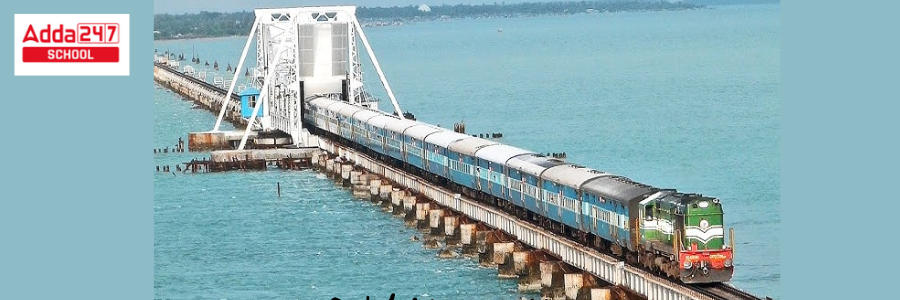
Water
The least expensive form of transportation is by water. The two categories of water transportation are inland waterways and maritime channels. Large commodities are transported across long distances using oceanic routes.
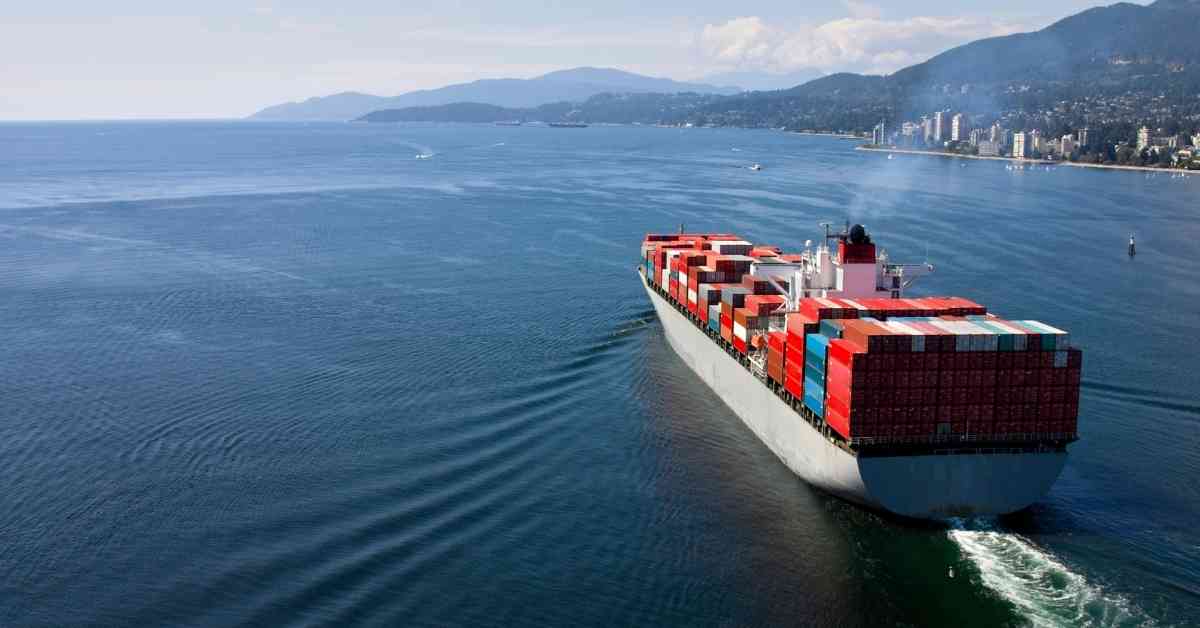
Air
Although air travel is the most expensive mode of transportation, it is also the fastest and safest. It is a form of transportation that guarantees last-mile accessibility on difficult terrain. Particularly while leading disaster response efforts, helicopters are used.

New Advanced Transport modes
The development of new forms of transportation, such as pipelines, cable transmission, and space travel, is a result of technological innovation. Additionally, we have created many forms of rail transportation, including underwater trains. In the 21st century, hybrid models that operate across multiple media have been created.
Transportation Advantages and Disadvantages
Here we have discussed all types of mode of transport and their advantages and disadvantages.
Advantages of Road Mode of Transport
- Its nature is quite flexible.
- It aids in making it easier for commodities to move even in isolated places.
Disadvantages of Road Mode of Transport
- Due of its high cost, it is not appropriate for long distances.
- Compared to trains, it is slow.
- Because of pollution and dust flecks, goods can be damaged or destroyed.
Advantages of Railways Mode of Transportation
- It can readily cover the entire area of states and cities, making it inexpensive for vast distances.
- This mode of transportation is much faster than using the roads.
- The best choice for transporting heavy objects and merchandise.
- It offers adequate defence against exposure to dust and sun pollution.
Disadvantages of Railways Mode of Transportation
- Large amounts of money are needed for building maintenance.
- Hilly locations are not good for it.
- It is rigid in character.
- The main drawbacks of rail transportation are the expense and length of terminal operations.
Advantages of Water Mode of Transportation
- It is the simplest or most affordable mode of transportation.
- Bulk goods are conveyed.
- It encourages foreign or global trade.
- It can readily transport a sizable amount of cargo, including coal and wood.
Disadvantages of Water Mode of Transportation
- The delay in the transfer of commodities from one location to another is one of the downsides.
- Seasonal differences influence performance.
- Due to the fact that it can only operate on seas or oceans, its operational range is constrained.
Advantages of Air Mode of Transportation
- most rapid mode of transportation.
- Useful for moving the bulk of the goods.
- Every location is accessible.
- essential to defence and national security.
- really beneficial during earthquakes and other floods.
The disadvantage of Air Mode of Transportation
- the significant capital outlay required.
- Insufficient for working products.
- Possibly impacted by rain.
- Accident risks are greatest.
Components Of Environment- Definition, Chart, PDF For Class 7
Types of Transportation
Transportation can be categorized into various types based on different criteria such as the medium used, purpose, and the nature of what’s being transported. Here’s an overview of different types of transport:
Based on Medium Used
- Land Transport:
- Road Transport: Uses vehicles like cars, buses, trucks on roads.
- Rail Transport: Involves trains on railway tracks.
- Off-Road Transport: Uses vehicles capable of off-road travel like ATVs.
- Water Transport:
- Maritime Transport: Large ships and vessels for ocean and sea travel.
- Inland Waterways: Smaller boats, ferries, and barges for rivers, canals, and lakes.
- Air Transport:
- Commercial Aviation: Airplanes for passenger and cargo transport.
- General Aviation: Smaller aircraft for specialized uses like agriculture or recreation.
- Pipeline Transport:
- Used for transporting liquids (oil, water) and gases.
- Space Transport:
- Spacecraft for travel outside Earth’s atmosphere.
Based on Purpose
- Passenger Transport:
- Moving people (e.g., buses, trains, airplanes).
- Cargo/Freight Transport:
- Transporting goods (e.g., cargo ships, freight trains, trucks).
- Service and Utility Transport:
- Specific services like garbage trucks, ambulances, or police vehicles.
Based on Distance
- Local Transport:
- Short distances within a city or town (e.g., taxis, city buses).
- Regional Transport:
- Between different cities or regions (e.g., regional trains, buses).
- International/Long-Distance Transport:
- Between countries or long distances (e.g., international flights, ocean freight).
Based on Ownership
- Public Transport:
- Operated for the public (e.g., subways, public buses).
- Private Transport:
- Personal vehicles owned by individuals.
- Commercial Transport:
- For commercial purposes (e.g., delivery trucks, logistics).
- Rental and Shared Transport:
- Rented or shared among users (e.g., car rentals, bike-share programs).
Specialized Types
- Medical Transport:
- Ambulances, medical helicopters for emergencies.
- Military Transport:
- Specialized vehicles and aircraft for military purposes.
- Human-Powered Transport:
- Bicycles, walking, pedal boats.
- Animal-Powered Transport:
- Horse-drawn carriages, bullock carts.
Each type of transport plays a specific role in the overall transportation system and is chosen based on factors like cost, distance, terrain, and the specific requirements of passengers or cargo.
Also Read:

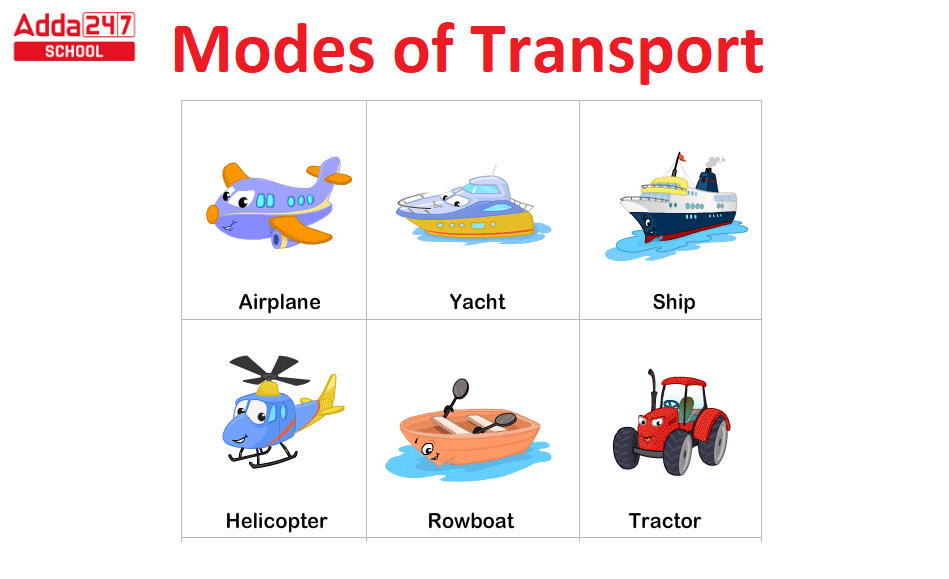







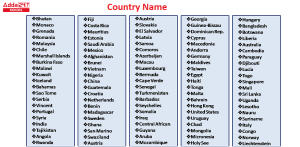 Country Name in Alphabetical Order A to ...
Country Name in Alphabetical Order A to ...
 Eastern Ghats in India: Check Map, State...
Eastern Ghats in India: Check Map, State...
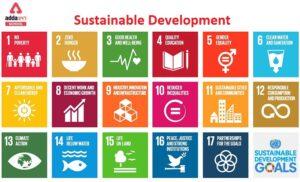 Sustainable Development Project Class 10...
Sustainable Development Project Class 10...









